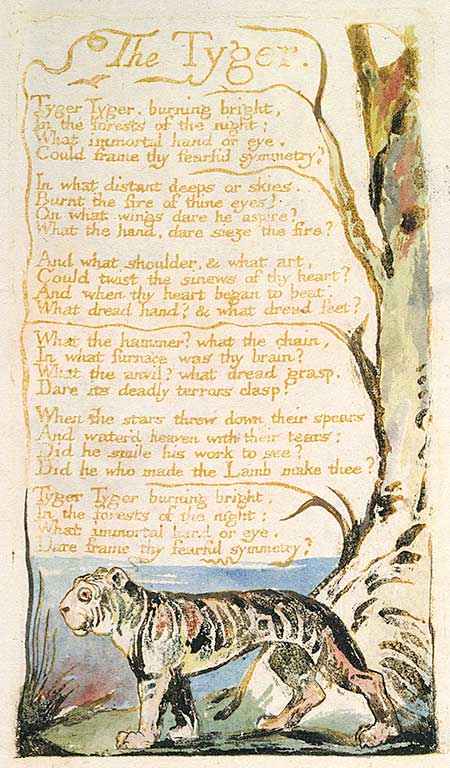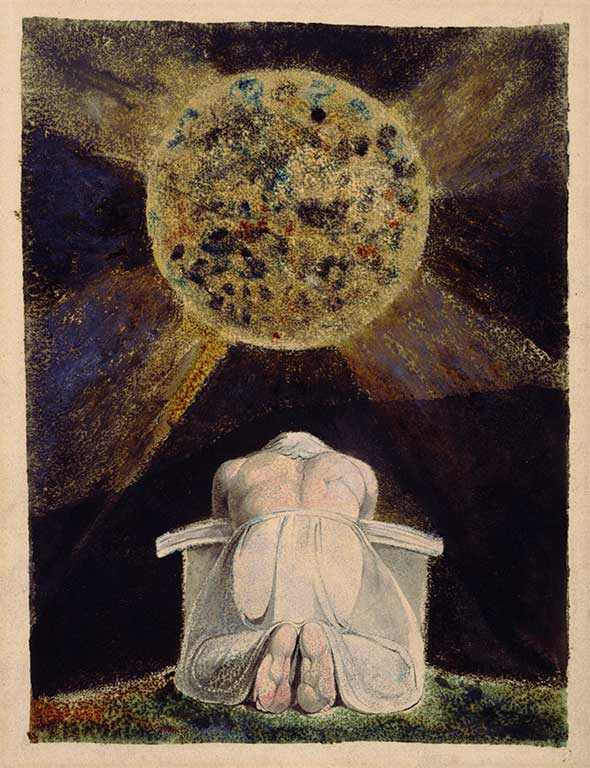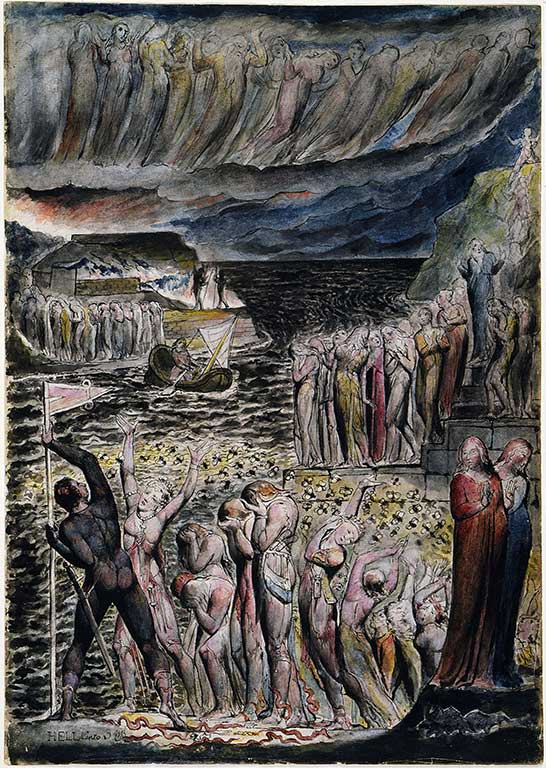Imagined Worlds through Words
We see and reads the works of the pioneer of romanticism and the free love movement, William Blake, as we unravel his little-known career as a master painter, illustrator and engraver
Jagriti Sharma
The romantic era, for many of us, is the start of dissent, of using art as a means to escape the grim realities of the world. The nature of the sublime and the melancholy fused with the imagination and the rage against Neoclassicism, is how one would define the ideal Romantic poetry. We see and read the words of Wordsworth, Blake and Mary Shelly and completely immerse ourselves into the world as they saw and imagined. But not many know that the pioneer of romanticism and the free love movement, William Blake was also a painter and was in love with drawing and engraving.

Following his passion at a very young age, Blake trained as an engraver for seven years and learned the skill to sustain himself while he wrote poetry as a hobby. The two arts bloomed simultaneously in his life and he later married them together when he published his works with illustrations – a style that became popular at the time thanks to two printing workshops that used rolling press and copper plates.

Blake’s vision and mastery of both the skills were the reasons behind his innovation of ‘Illuminated Painting’. It allowed him to be responsible for all stages of production of his own work – both commissioned, requested and his own writings. From composing to etching and printing, Blake could reorganise the entire process to his own liking; which in turn prompted him to use stop-out varnish like ink and the printing plates as paper where he wrote and drew the mirror reflections of what was intended. The varnish’s use is notoriously known for preventing acid or worms from decomposing the area that is surrounded by copper, and as such errors and mistakes came at the costly price of starting from scratch. Despite such restrictions, Blake’s intense training gifted the world with poetry that had a layered meaning in his drawings – far and beyond what the written word offered, all in a single room in Lambeth.

Christianity played a crucial role in his life and he often referred to the imagery and symbolism of the tradition in his works, especially his Songs of Innocence. However, a deeper inquiry into Blake’s repertoire would unveil the works he did for other writers, almost instilling new life into their works. Ranging from Genesis to Homer and Virgil, William Blake’s most magnanimous works are for John Milton’s Paradise Lost. Accompanying a great poem that has its essence in the imagery the words create, Blake’s drawings are not mere pictorial representations but instead help keep the subtle beauty of the words intact. With Satan Spying on Adam and Eve’s Descent into Paradise and Adam and Eve Asleep, one can see the true Romantic sublimity, and this carried well into his 102 drawings for Dante’s Divine Comedy.

Blake was a man led by his trade and a strong belief in Christ. He saw man as a machine in the wake of the Industrial revolution. Through the invocation of the hard machines and the physical, Blake resurrected the beauty and sublimity of human essence and existence through his small drawings, etchings and of course the written word. And the next time we read Blake; we will perhaps see them too.
Share